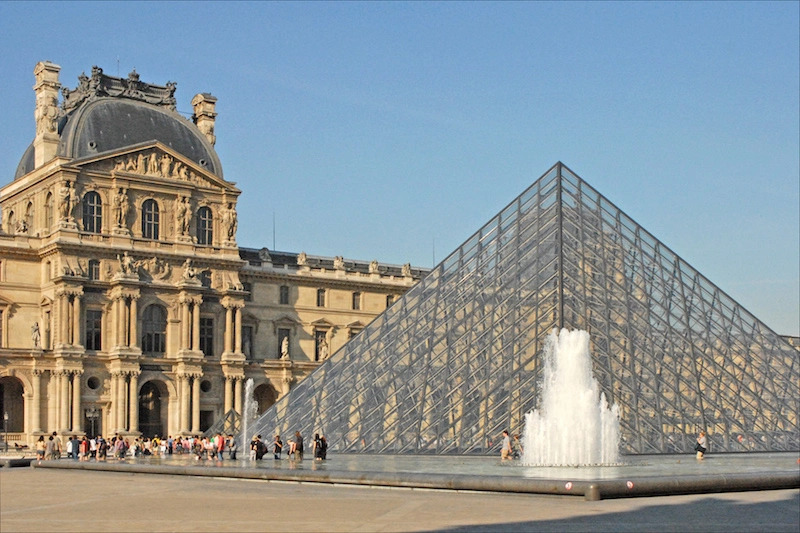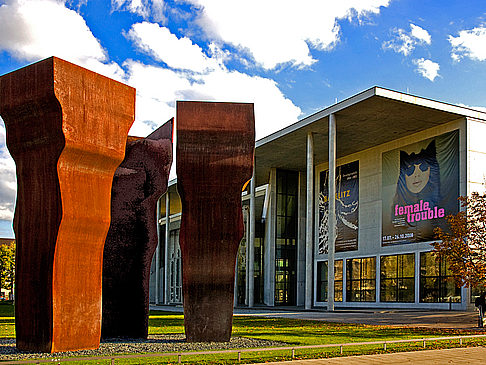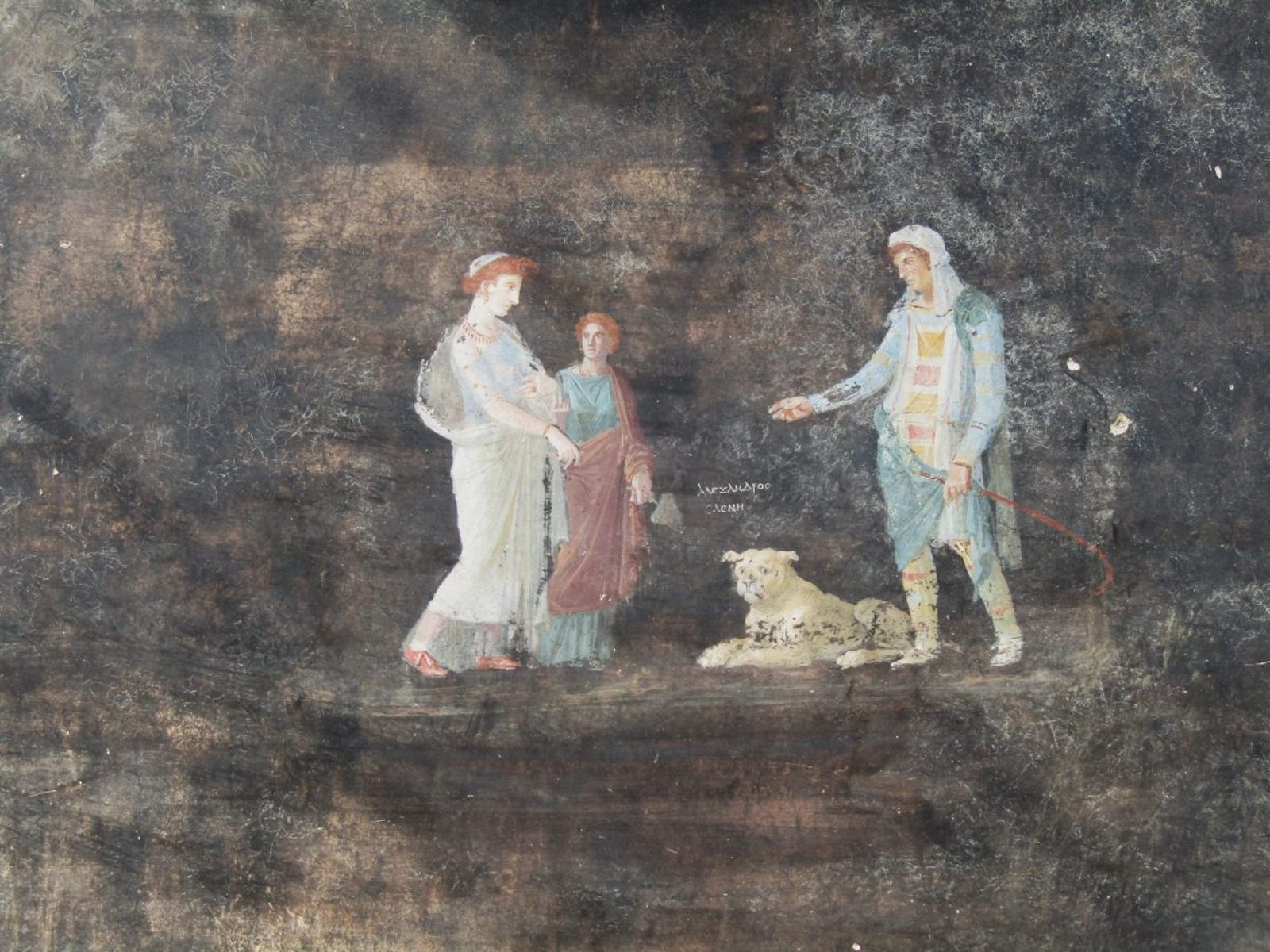The inaugural international retrospective on the renowned architect I. M. Pei, titled “Life is Architecture,” is currently hosted by M+ in Hong Kong. The exhibition showcases a comprehensive collection of photographs and original drawings documenting Pei’s illustrious six-decade career, alongside a series of models, including some never-before-seen designs.
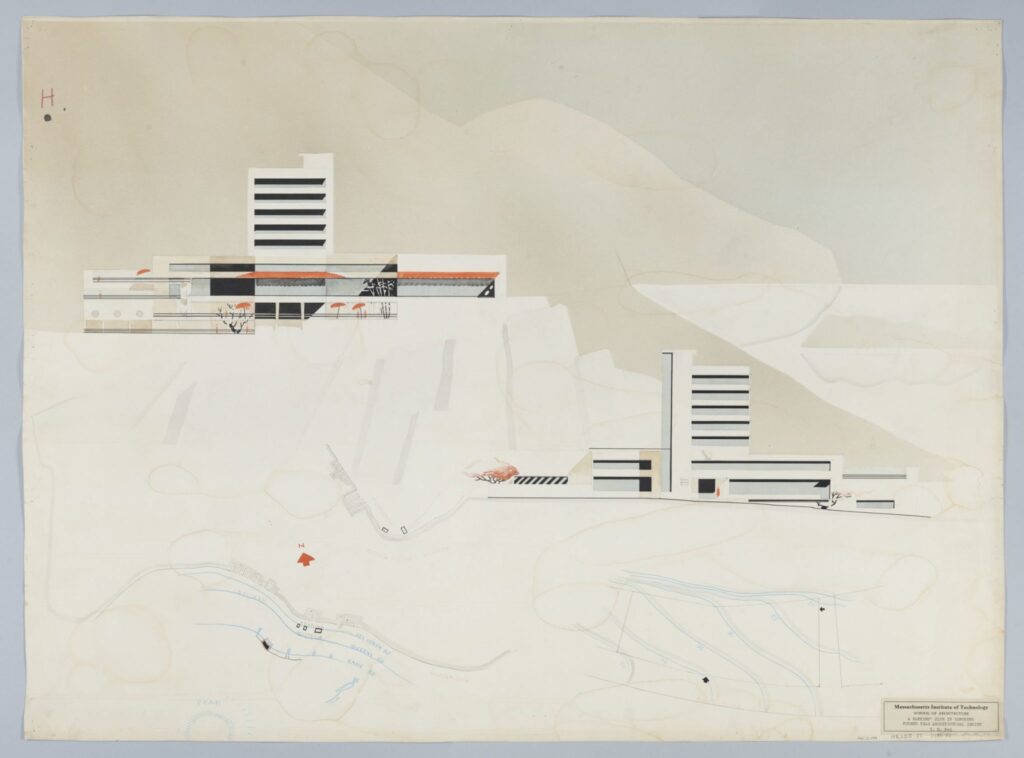
The exhibition is structured around six thematic areas carefully curated by M+ to explore the various aspects of Pei’s practice. It commences with “Transcultural Foundations,” highlighting Pei’s early exposure to diverse cultures that significantly influenced his unique architectural vision. Born in 1917 into a prosperous family in Guangzhou, China, Pei’s upbringing saw him relocate to Hong Kong and later Shanghai as his father’s career in the Bank of China progressed. Following the tradition of affluent Chinese families of the era, Pei pursued his studies abroad, earning an architecture degree from the Massachusetts Institute of Technology in 1940. Notably, M+ presents Pei’s final undergraduate project—a visionary design for a banker’s club in Hong Kong, featuring sleek, modernist aesthetics and innovative amenities such as underground squash courts and bowling lanes.
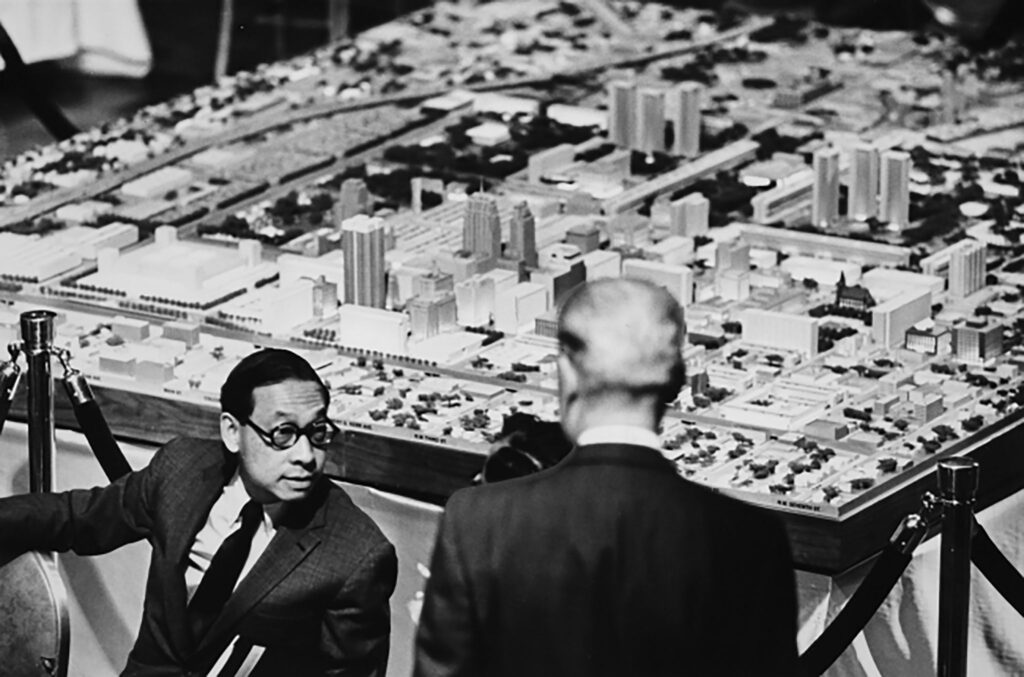
However, the onset of political turmoil in East Asia, with the ascent of the communist regime in China and the looming threat of war, disrupted Pei’s plans for his architectural career in his homeland. At the urging of his father, Pei remained in the United States, where he furthered his studies under the tutelage of Walter Gropius, the esteemed founder of the Bauhaus School, at Harvard University. Reflecting on Pei’s early years, one can discern the profound influence of Gropius’s teachings on his architectural sensibilities, particularly evident in Pei’s mastery of clean lines and innovative use of concrete.
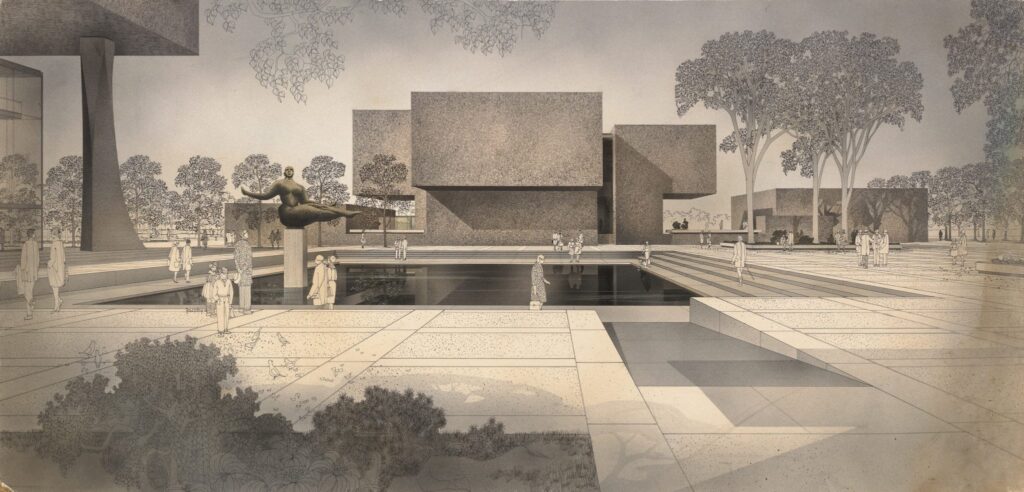
Despite the initial challenges, Pei’s career flourished, marked by a succession of notable achievements. Renowned for his monumental yet elegantly simplistic designs, Pei gained international recognition for his work in Washington D.C., notably catching the attention of French President François Mitterrand, who commissioned Pei to reimagine the entrance to the Louvre Museum in Paris. Pei’s bold design—a striking 70-foot glass pyramid—initially sparked controversy but has since become an iconic symbol of the city.
“I. M. Pei: Life is Architecture” offers visitors a profound insight into the creative journey of one of the 20th century’s most influential architects. The exhibition is hosted at the M+ Museum, located at 38 Museum Drive, within the vibrant West Kowloon Cultural District of Hong Kong, and runs until June 29th.





